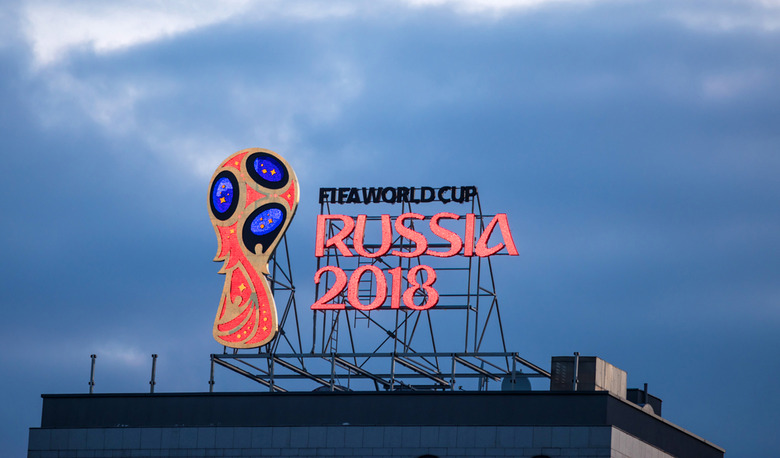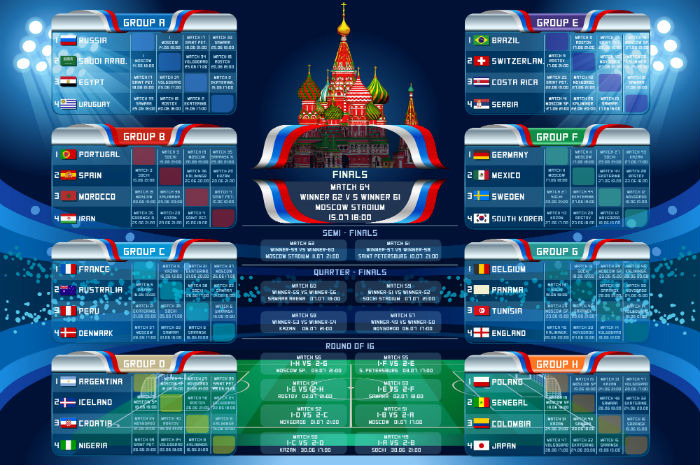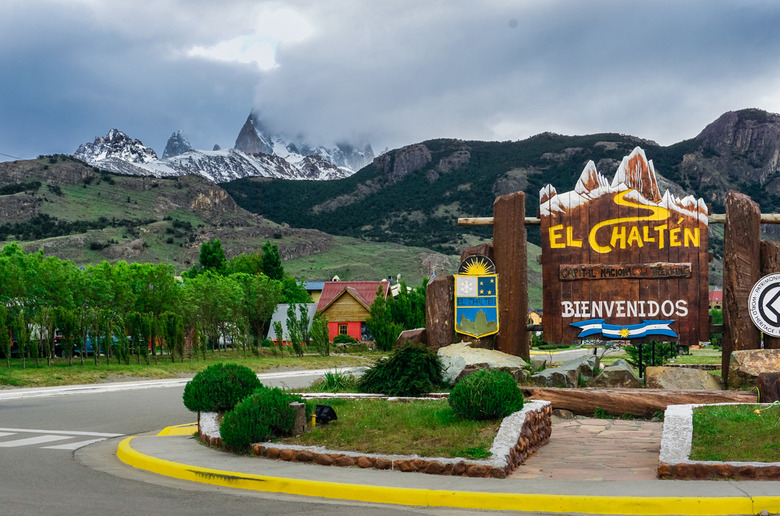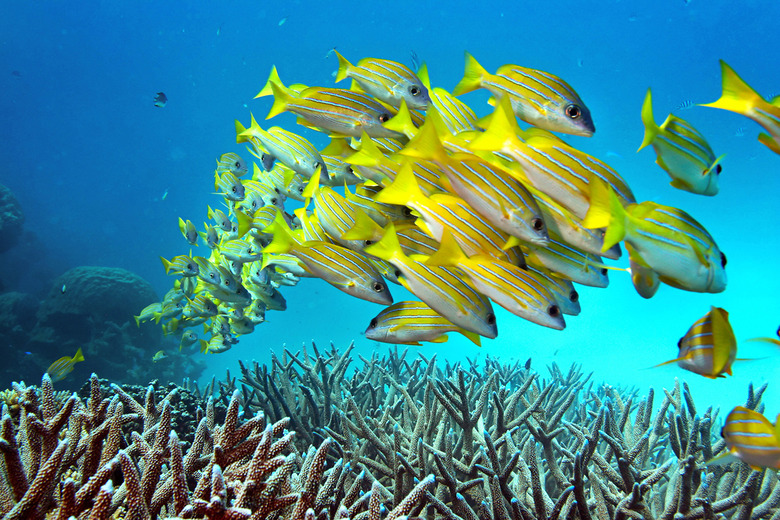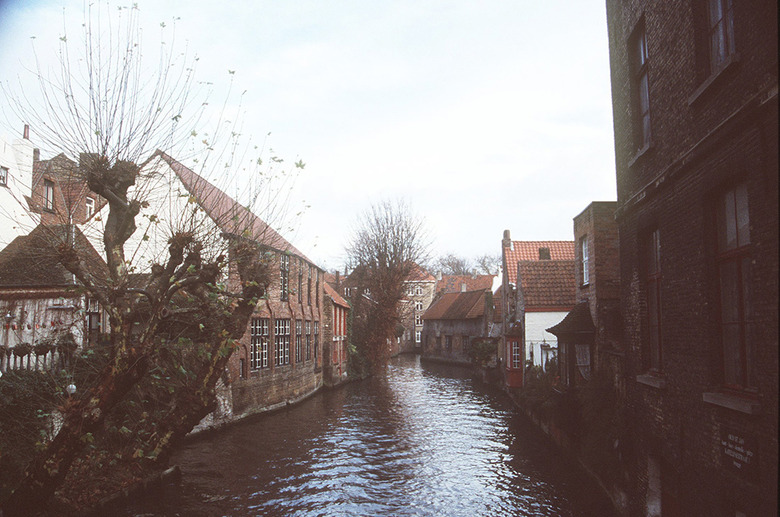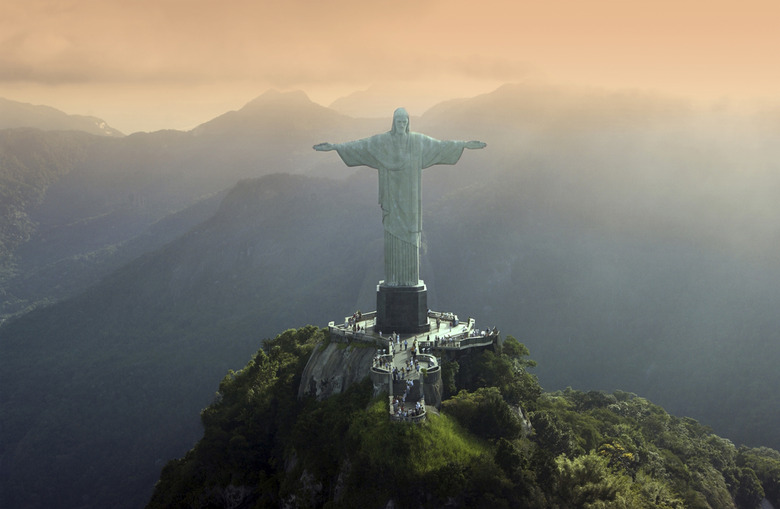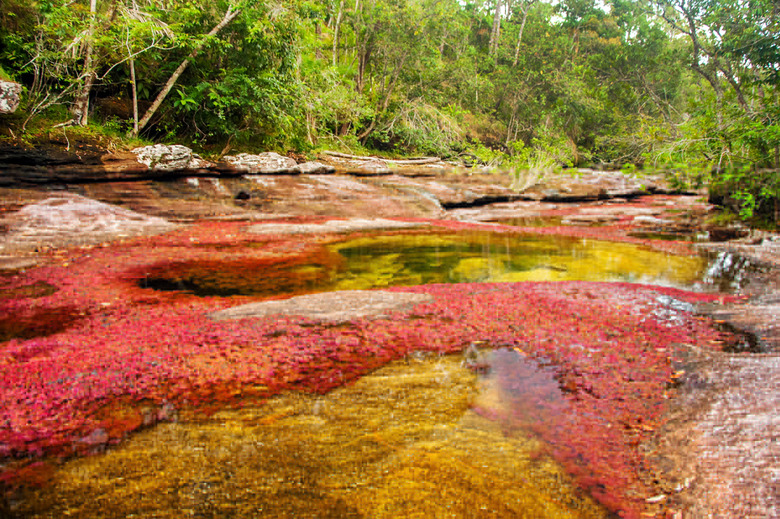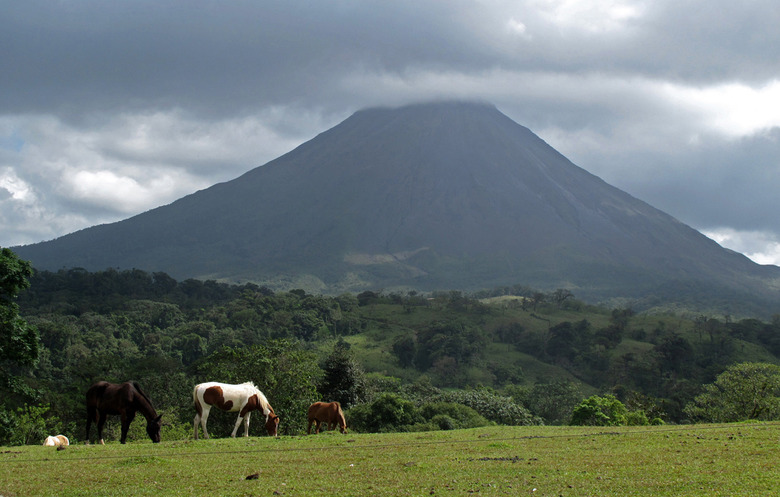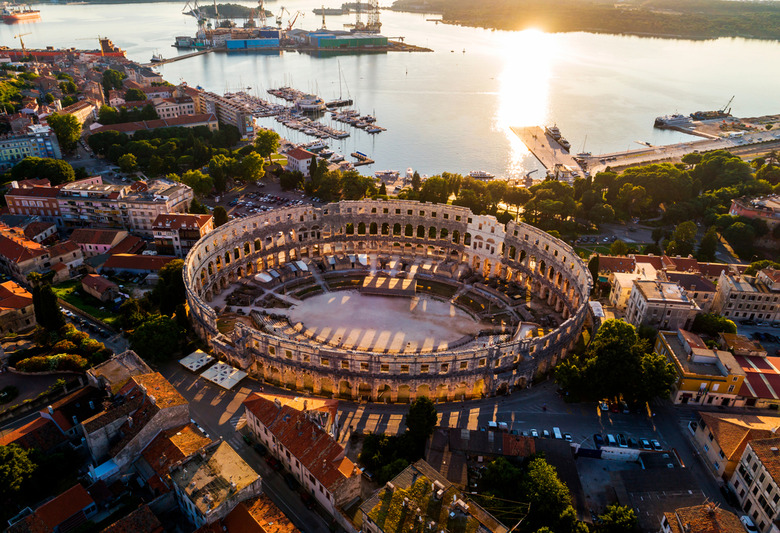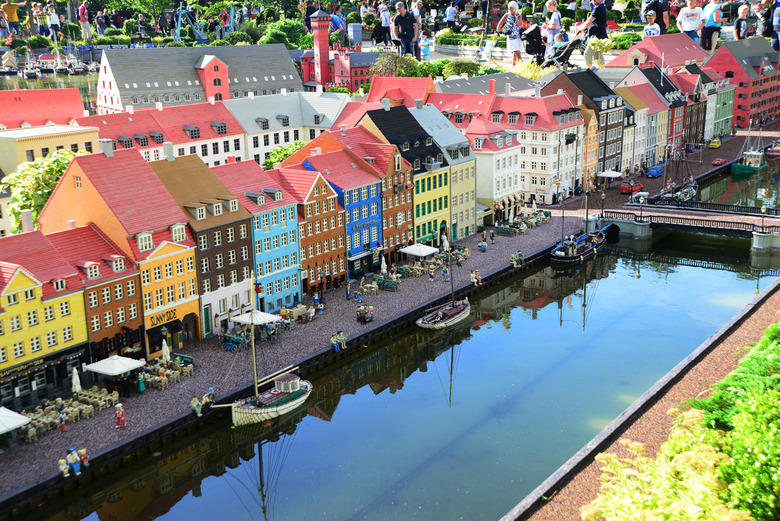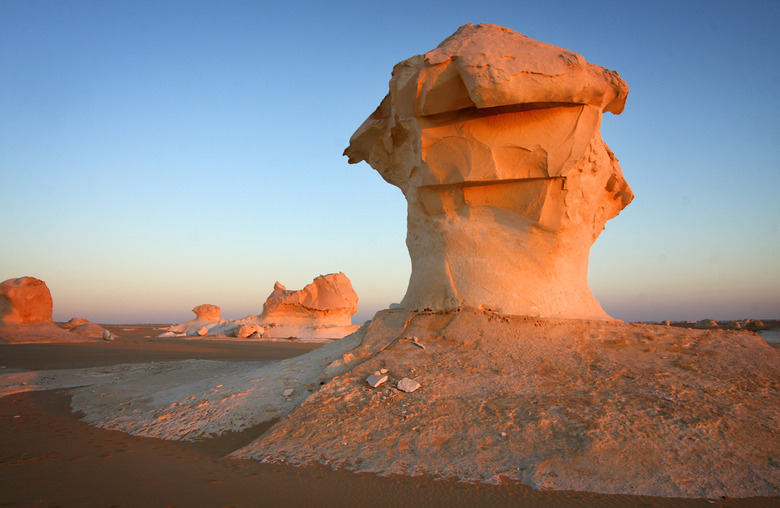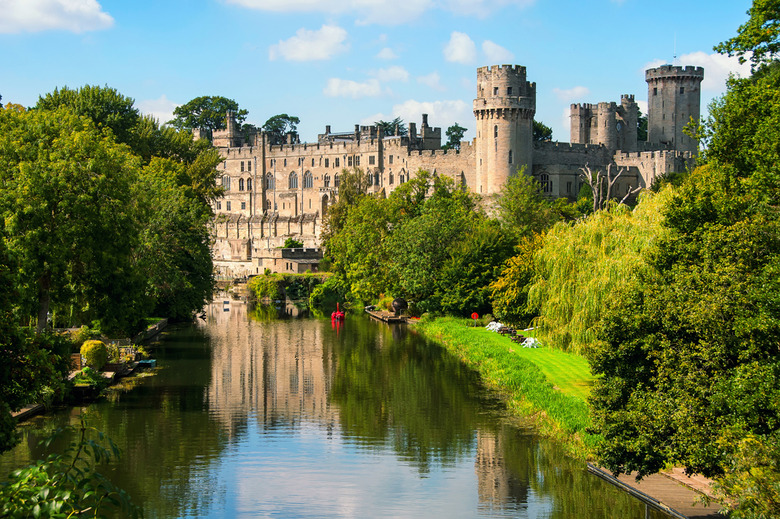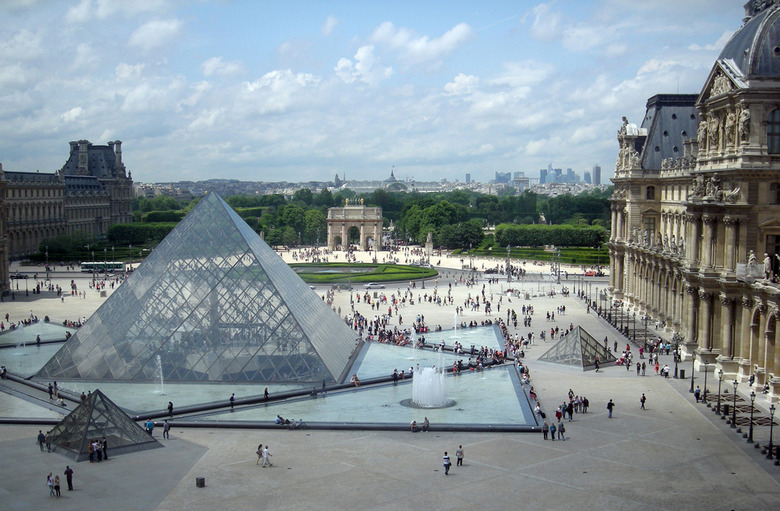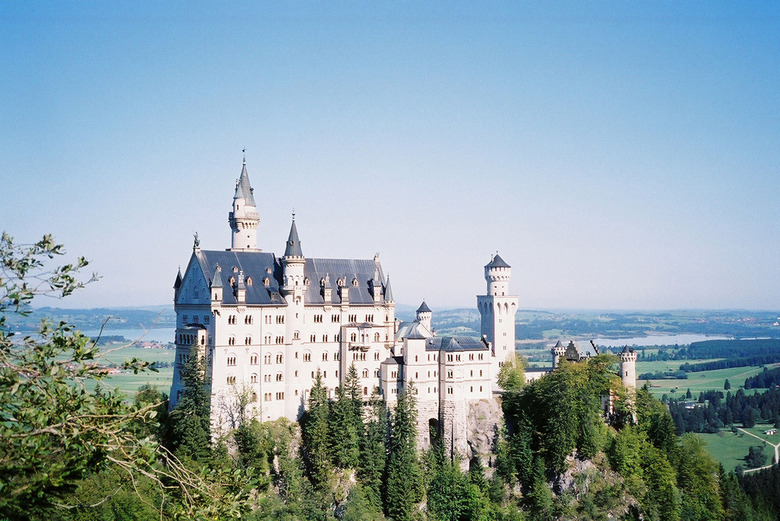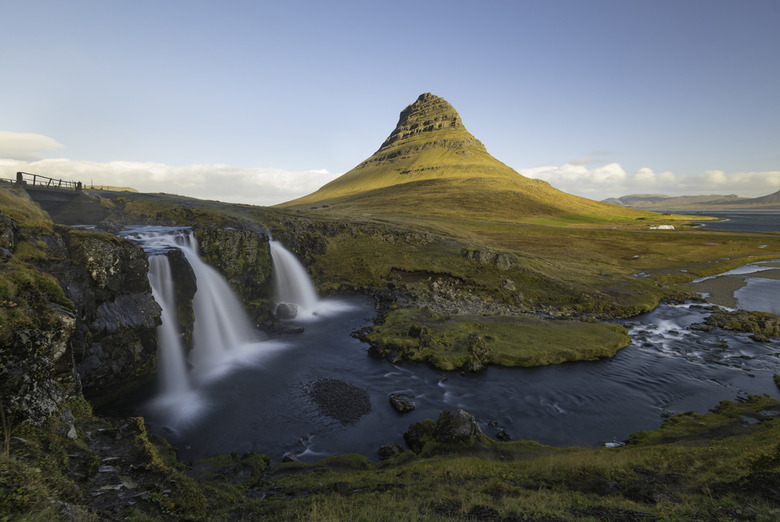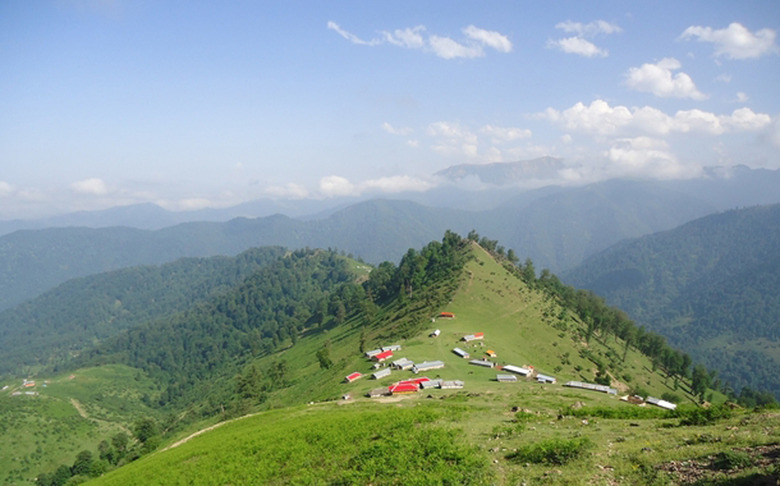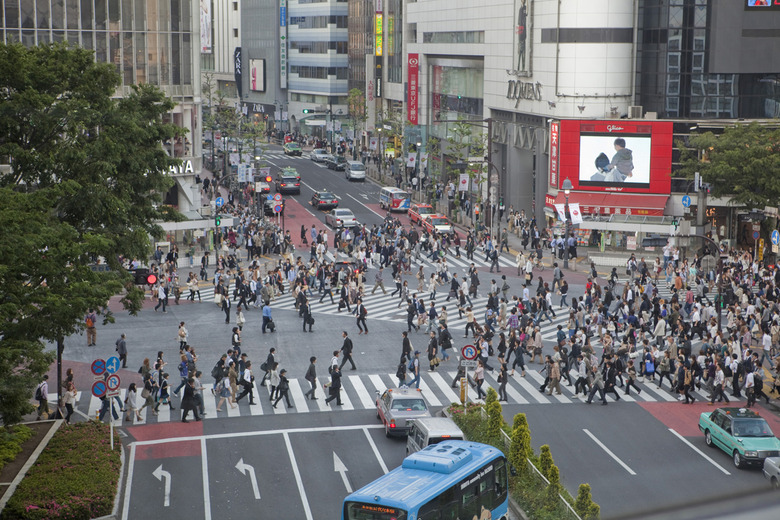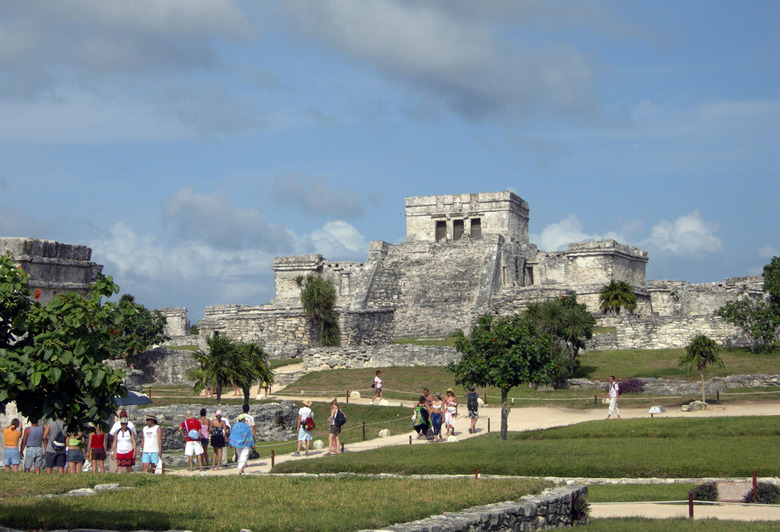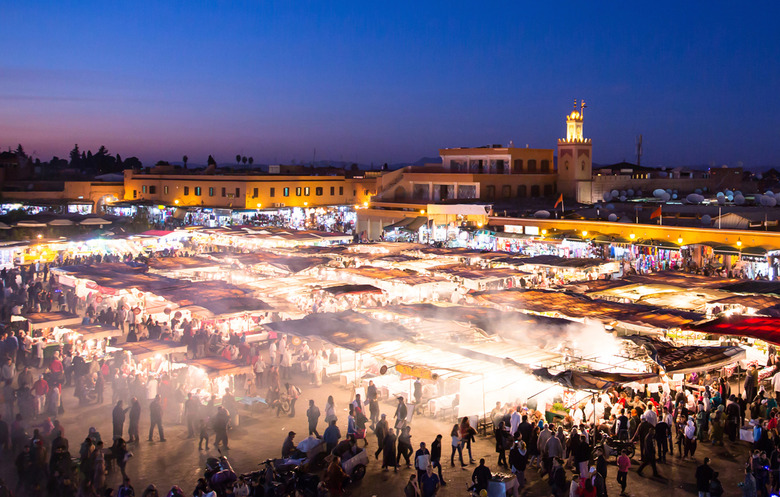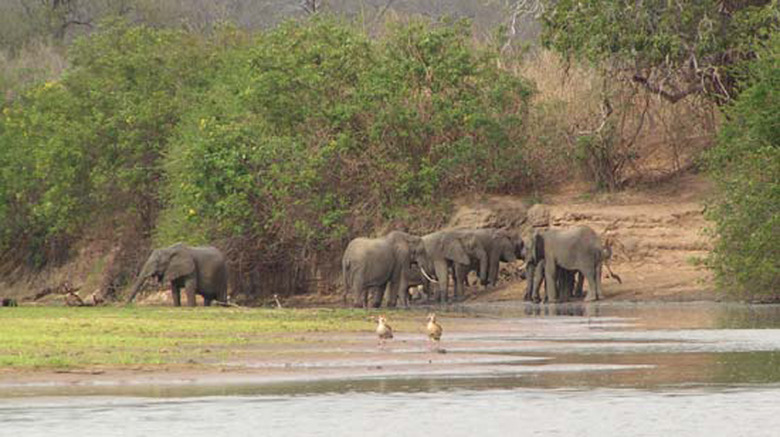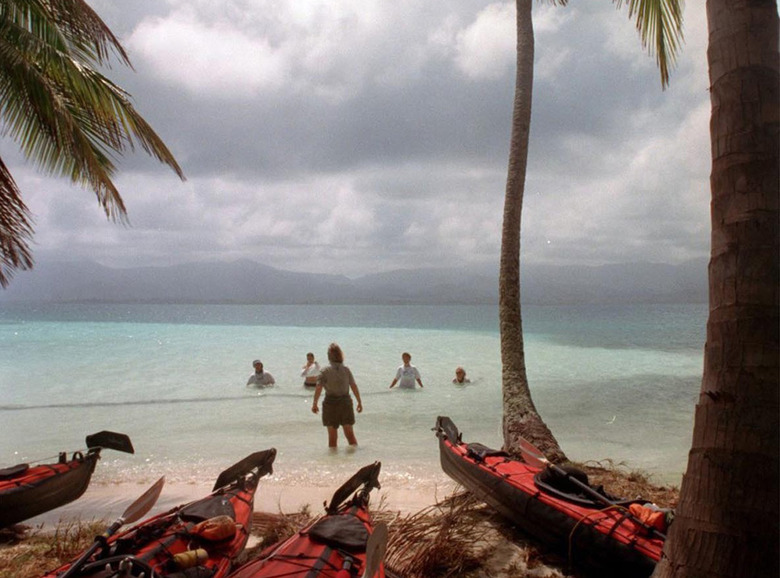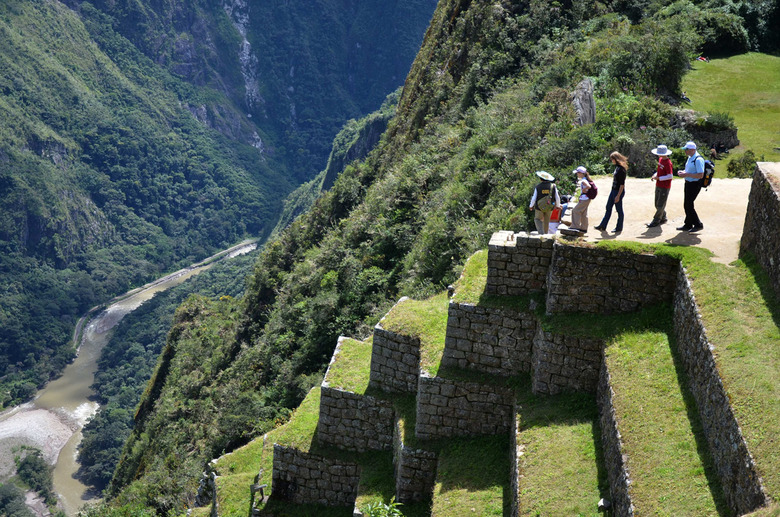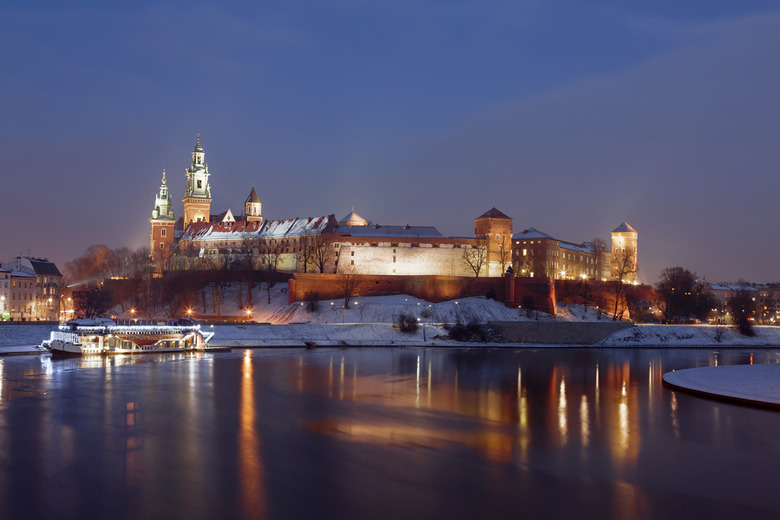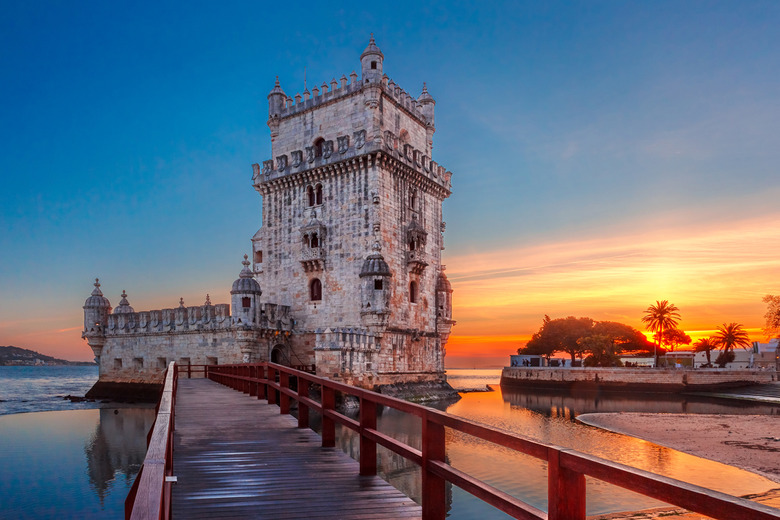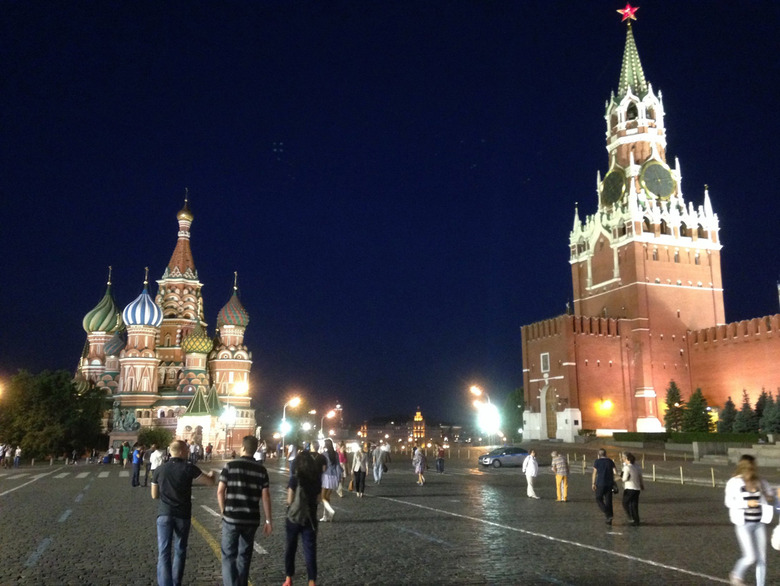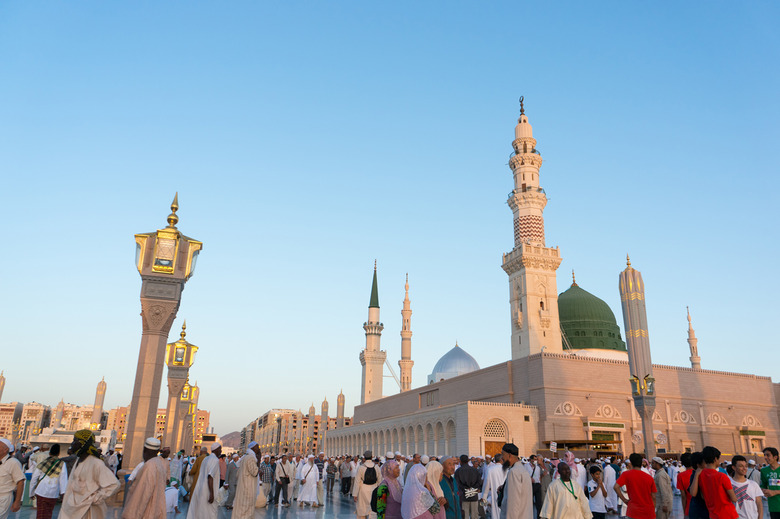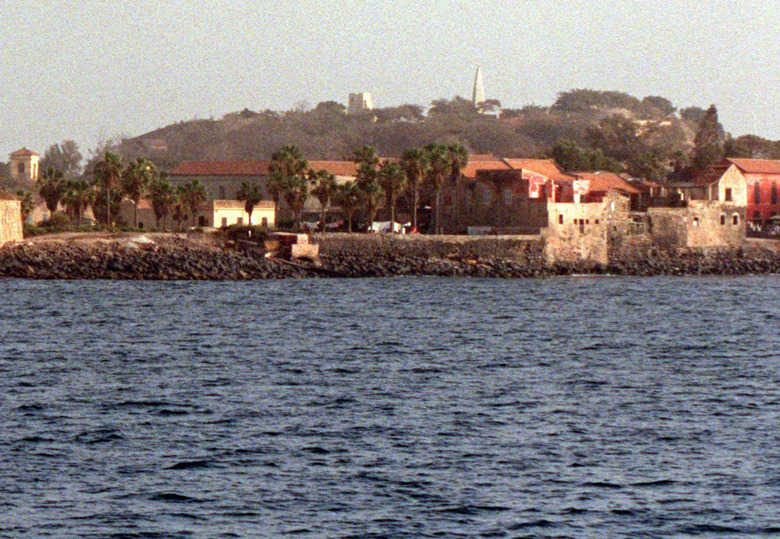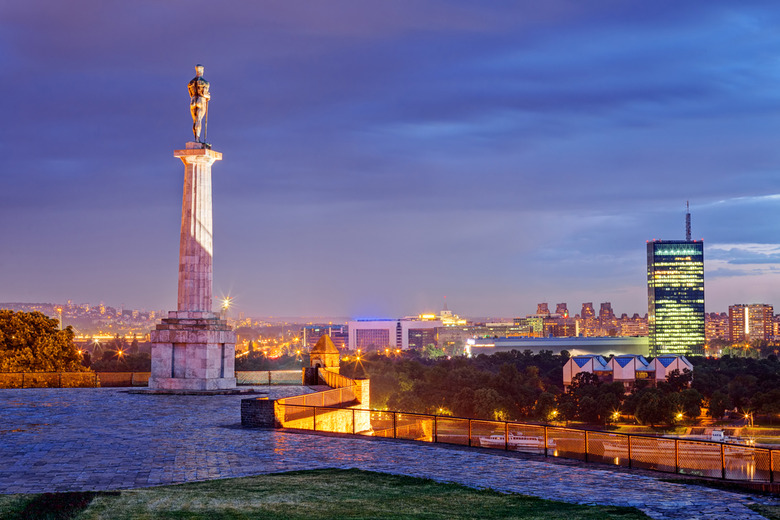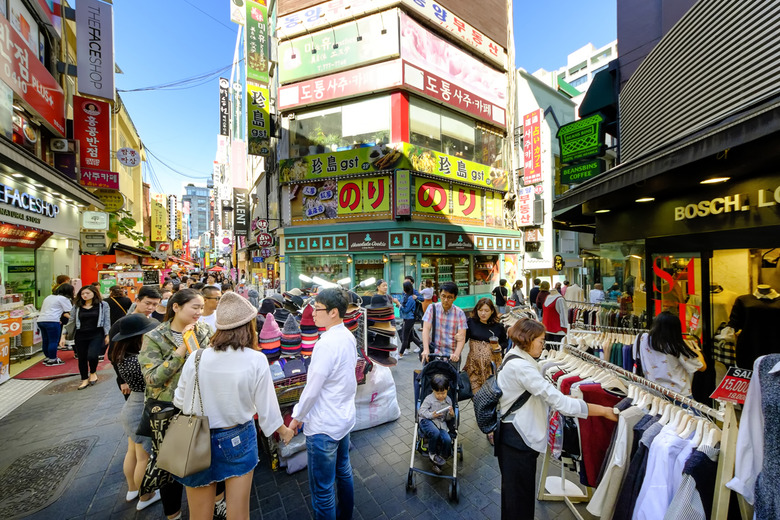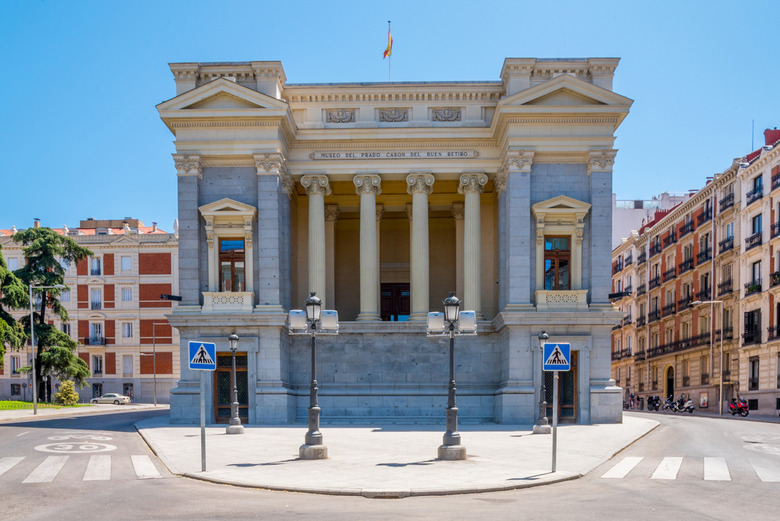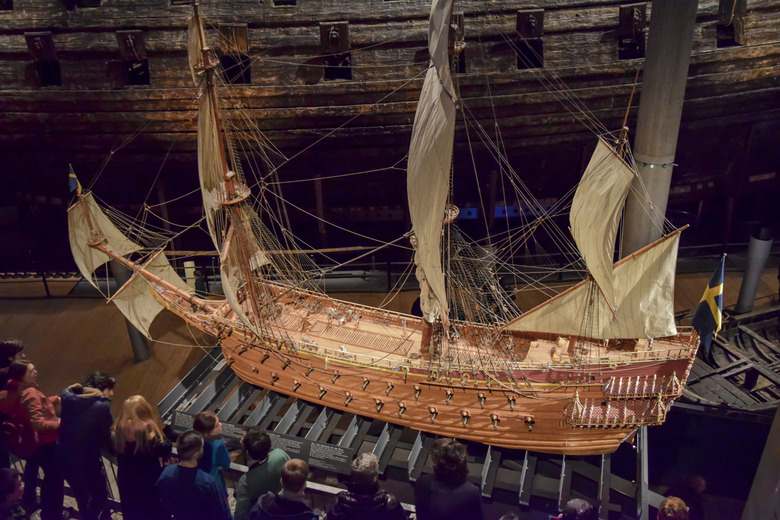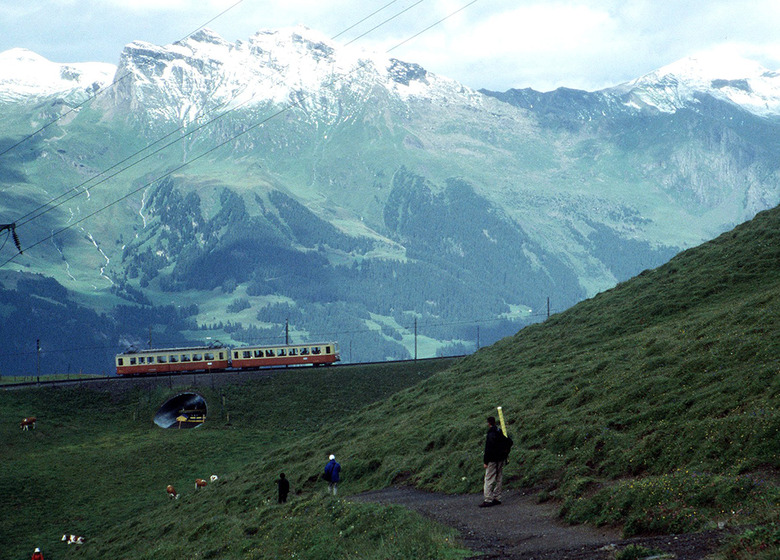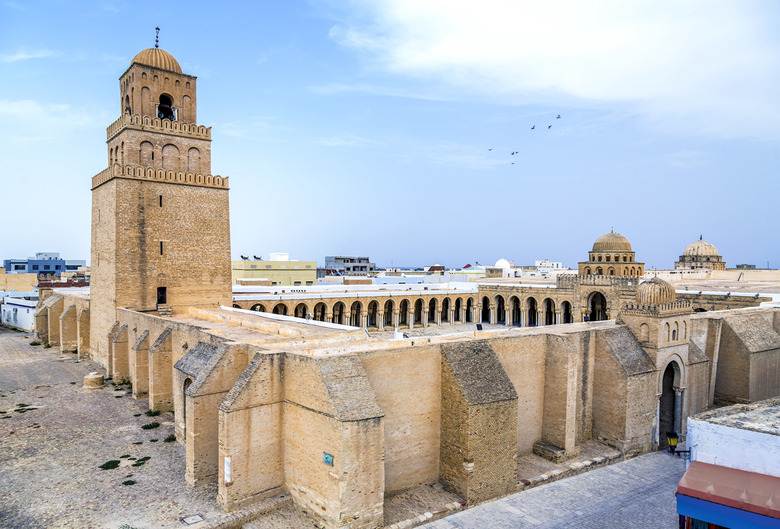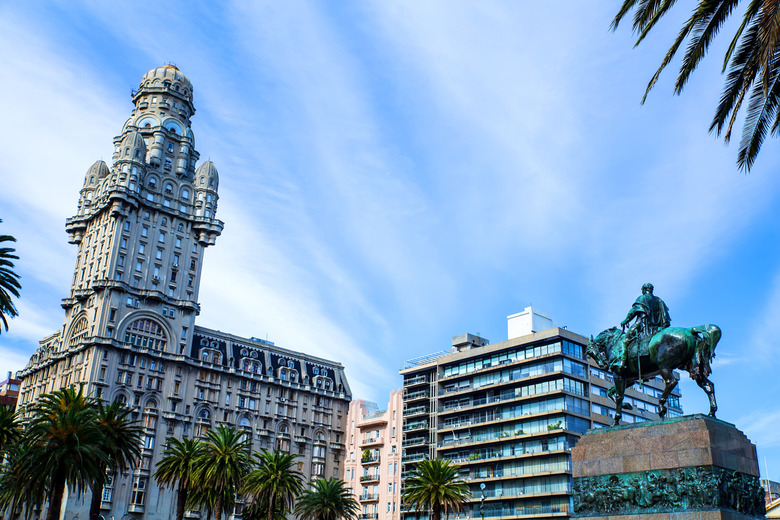One Great Place To Visit In Each World Cup Country
One Great Place to Visit in Each World Cup Country
You're a big World Cup soccer, er, football fan. The biggest. You know about your team and its early opponents as play begins Thursday across Russia. But what about all of the qualifiers? You're familiar with some of the standbys, the traditional powers. Others, you might have a hard time placing on a map. No worries. Now you can get to know one great thing about each of the 32 Cup-qualifying countries. We've compiled a slideshow of the one place you should see if you visit every country in the World Cup.
Argentina: El Chalten, Los Glaciares National Park
Foot on over to the ultimate hiking destination — El Chalten — within the Los Glaciares National Park. Hikers come to this tourist village for the warmer months (November-February) to visit the Cerro El Torre and Cerro Fitzroy. There are spectacular views of valleys, glacial rivers and lakes through mountain paths difficult and easy.
Australia: Great Barrier Reef
It's the world's largest barrier reef system and one of the top destinations for underwater explorers and scuba divers. Loaded with marine life including a huge volume of coral, it's a bucket-list No. 1 for divers. But if you don't dive, you can take a boat out to the reef and snorkel.
Belgium: Bruges
You've eaten all the frites and moulles you can muster — now it's time to make your way to Bruges, where the spirit of the Vikings emanates in this city of canals — Europe's "Venice of the North." Bruges looks like a painting with its medieval buildings lining the River Dijver, with highlights Grote Market Square and the neo-gothic Provincial Court. The Belfry Tower near the Square is another must-see, as is Saint John's Hospital, built in 1188.
Brazil: Christ the Redeemer
The iconic Art Deco statue of Jesus Christ in Rio de Janeiro sits atop a mountain, accessible by train. Created by French sculptor Paul Landowski and built by Brazilian engineer Heitor da Silva Costa, construction of Christ the Redeemer Statue, which stands nearly 100 feet tall, took 10 years, starting in 1922.
Colombia: Caño Cristales
"The river of five colors," Caño Cristales, is located in the Serranía de la Macarena National Park, within Meta, in a remote part of the country. It's one of the world's most unique and picturesque sites, with its 62-mile stretch featuring spectacular waterfalls and natural pools.
Costa Rica: Arenal Volcano
Arenal remains an impressive landmark, even though regular eruptions stopped in 2010. It rises above the surrounding forests and serves as the majestic backdrop for towns La Fortuna and El Castillo. The national park offers great trails and the region has natural hot springs that make it a must-see destination.
Croatia: Pula
Head to this seaside city to see the amazing Roman amphitheatre, host to concerts and festivals, and take in breathtaking vistas.
Denmark: LEGO House
Have you ever wondered what it would be like to be inside a real LEGO House? Also known as "Home of the Brick", the house is located in Billund, where the LEGO brick was invented. Discover all you can about the brand and the endless possibilities for play and learning with LEGO bricks.
Egypt: The White Desert
You've had your fill of pyramids and Nile River vistas, now it's a must to make your way to the White Desert. Discover the unique white-colored rock formations of the desert, the Bedouin-inhabited national park north of Farafra.
England: Warwick Castle
Originally built with wooden motte-and bailey by William the Conqueror in 1068, Warwick Castle was rebuilt in stone in the 12th century and is one of the best symbols of 14th century military architecture, used as a stronghold in the 17th century.
France: The Louvre
It's pretty much a must that you go to the Louvre Museum and at least see Mona Lisa. The Louvre Palace is a former royal palace located on the Seine River in Paris, between the Tuileries Gardens and the church of Saint-Germain l'Auxerrois. It's one of the largest museums and the most-visited museum in the world. It houses 380,000 objects and has 15 acres of display space.
Germany: Neuschwanstein Castle
Neuschwanstein (New Swanstone Castle) is a 19th-century Romanesque Revival palace on a rugged hill above the village of Hohenschwangau near Füssen in southwest Bavaria, Germany. The palace was commissioned by Ludwig II of Bavaria as a retreat. Ludwig paid for the palace out of his personal fortune and by means of extensive borrowing, rather than Bavarian public funds. The castle was intended as a home for the king, until he died in 1886. It was open to the public shortly after his death. More than 1.3 million people visit annually, with as many as 6,000 per day in the summer.
Iceland: Kirkjufell and Kirkjufellsfoss Waterfall
Located next the to the town of Grundarfjörður, Kirkjufell (Church Mountain) rises 463 meters above sea level. There is a hiking trail leading to the top, which takes about an hour and a half to ascend. Kirkjufellsfoss Waterfall (Church Mountain Waterfall) is the highlight of the mountain. The seascape and sunset clouds makes this a idyllic locale for photos.
Iran: Masal
Surrounded by mountains, jungles, caves and waterfalls, Masal is a city in the highlands near the Talesh mountains in Mazandaran province. If you're a nature lover and need a couple of days to relax in tranquility, it's a top choice in Iran. Best time to visit is the end of summer because of the mild weather.
Japan: Shibuya Crossing
You pretty much literally can't go to Tokyo without taking a hurried walk across Shibuya Crossing, the famous intersection outside Shibuya Station. When the lights turn red at this busy junction, they all turn red at the same time in every direction. Traffic stops completely and pedestrians, all of the surrounding area packed with shoppers, students, commuters (and you tourists), fill the intersection from all sides, in a seemingly impossible convergence. The Scramble was installed in the 1970s and has since become the world's busiest pedestrian crossing. According to estimates, more than two thousand people can pass through the crossing during one change of the lights.
Mexico: Tulum
A walled Mayan archaeological site overlooking the sea is a highlight of any visit to Tulum, a resort town on Mexico's Caribbean coast. Other must-sees: Clifftop Castillo, built as a watchtower; and the Templo de las Pinturas, with a partially restored mural. The Cobá archaeological site has pyramid-shaped temples and views of the surrounding jungle. The Mayan ruins of Tulum can be seen on the Mayan Riviera of Quintana Roo.
Morocco: Jemma el-Fnaa, Marrakech
Marrakesh is the major economic center of Morocco, with its densely packed medina, a walled medieval city with mazelike alleys where thriving souks (marketplaces) sell traditional textiles, pottery and jewelry. Jemaa el-Fnaa square is alive with snake charmers, henna-tattoo artists and entertainers, while at night stalls sell traditional lamb dishes and fresh orange juice, among other delights.
Nigeria: Yankari National Park
Yankari National Park is a large wildlife park in Bauchi State, northeastern Nigeria. It covers about 866 square miles and is home natural warm water springs. But it's the most popular destination for tourists because of its wildlife resources. The park is an important refuge for over 50 species of mammal, including African bush elephant, olive baboon, patas monkey, roan antelope, hartebeest, West African lion, African buffalo and hippos.
Panama: San Blas Islands
The San Blas Islands is an archipelago comprising more than 365 islands and cays, of which only 49 are inhabited. They lie off the north coast of the Isthmus of Panama, east of the Panama Canal. The San Blas Islands are the No. 1 vacation destination in Panama and (most likely) Central America. This is because the Islands are not yet discovered by the massive tourism industry and fully in control of the native Kuna's.
Peru: Machu Picchu
Hikers take the Inca Trail to get to Machu Picchu, entering the ruins of this Incan citadel set high in the Andes Mountains through the Sun Gate. It was built in the 15th century and later abandoned. Its known for its stone walls that fuse huge blocks without the use of mortar, buildings that play on astronomical alignments and panoramic views from above the Urubamba River valley.
Poland: Wawel Royal Castle
Located in Krakow, Wawel Royal Castle was the center of Poland's culture and politics until the 16th century. Built for King Casimir III the Great, it consists of a number of structures situated around an Italian-style main courtyard.
Portugal: Belém Tower
Built on a tiny river island in the Tagus River in the early 1500s as part of a defense system, the Tower of Belém is one of the architectural jewels of the reign of Manuel I. Also known as the Tower of St. Vincent, its rooftop terrace offers estuary views of the parish of Santa Maria de Belém in Lisbon.
Russia: Red Square
Red Square is a city square in Moscow that separates the Kremlin, the former royal citadel and now the official residence of the President of Russia, from a historic merchant quarter known as Kitai-gorod. It's the site of the 16th-century St. Basil's Cathedral, and Lenin's mausoleum.
Saudi Arabia: Al-Masjid an-Nabawi
The Prophet's Mosque is a mosque established and originally built by the Islamic prophet Muhammad, situated in the city of Medina in the Hejazi region of Saudi Arabia.
Senegal: Gorée
Gorée is a tiny, car-free island off the coast of Dakar. It's known for its role in the 15th- to 19th-century Atlantic slave trade. On the narrow streets, colonial buildings include the House of Slaves, now a museum. The 19th-century Fort d'Estrées houses a Historical Museum and the Henriette Bathily Women's Museum is nearby.
Serbia: Belgrade Fortress
This ancient fortress sits atop a clifflike ridge overlooking the river and park areas. It consists of the old citadel and Kalemegdan Park on the confluence of the Sava and Danube Rivers, in an urban area of modern capital city, Belgrade.
South Korea: Myeong-dong
Bustling Myeong-dong is a shopping area packed with fashion brands, luxury stores and cosmetics shops. Great eateries offer Korean dumplings and ginseng chicken soup, while street vendors sell Japanese and Thai snacks. Catch a show ay Myeongdong Nanta Theatre or, nearby, check out 19th-century Myeong-dong Cathedral and its Gothic bell tower.
Spain: Golden Triangle of Art Museums
Museo del Prado, Reina Sofia and Thyssen-Bornemisza are three of the great art museums in all of Europe, and all just steps apart in a triangle close to Atocha station in Madrid. Prado is Madrid's Louvre, with classical Spanish paintings and sculptures. The Reina Sofia is Spain's modern art museum, with Picasso's Guernica. Thyssen-Bornemisza has one of the best private art collections in the world.
Sweden: Vasa Museum
The Vasa Museum is a maritime museum on the island of Djurgården in Stockholm. It displays the only fully (almost) intact 17th century ship ever salvaged — the 64-gun warship Vasa — that sank on her maiden voyage in 1628. Open since 1990, it's the most-visited museum in Scandinavia.
Switzerland: Jungfraujoch
The highlight of every Swiss trip is Jungfraujoch (top of Europe). Surrounded by glaciers and eternal snow, with an observation deck with a fantastic panorama. In the Bernese Alps, it connects the peaks Jungfrau and Mönch, at an elevation of 11,372 feet above sea level.
Tunisia: Great Mosque of Kairouan
Also known as the Mosque of Uqba, the Great Mosque of Kairouan, in Kairouan, is spread over 9,000 square meters and is one of the oldest places of worship in the Islamic world, as well as a model for many later mosques. The space contains a hypostyle prayer hall, a marble-paved courtyard and a square minaret.
Uruguay: Plaza Independencia
Plaza Independencia (Independence Square) is capital city Montevideo's most important plaza. It separates Ciudad Vieja from downtown Montevideo, with the Gateway of The Citadel on one side and the beginning of 18 de Julio avenue on the other. In the center, the Artigas Mausoleum dominates. Many important buildings, such as the Solís Theatre and the workplaces of the President of Uruguay (both the Estévez Palace and the Executive Tower) are located by the square.
